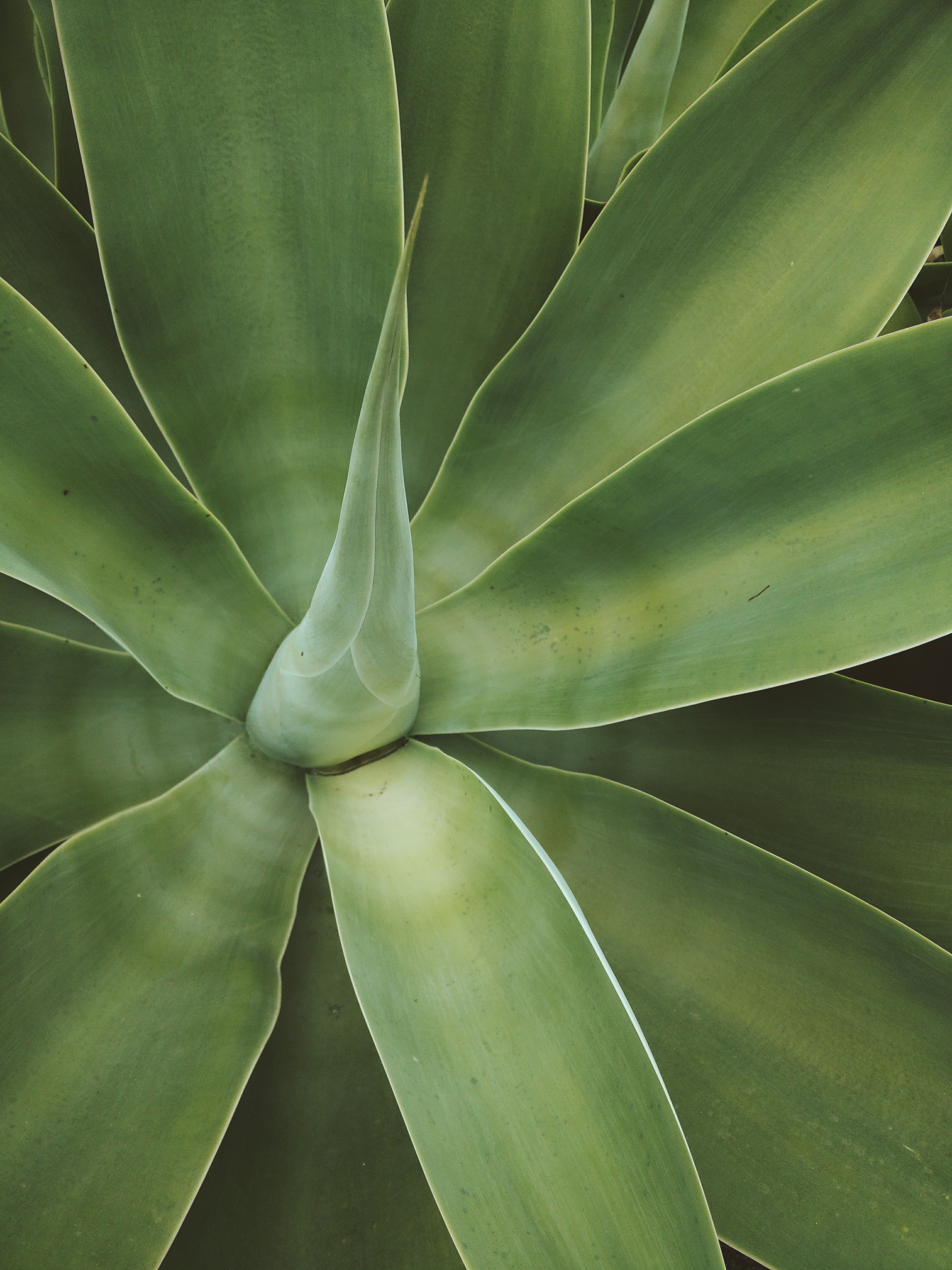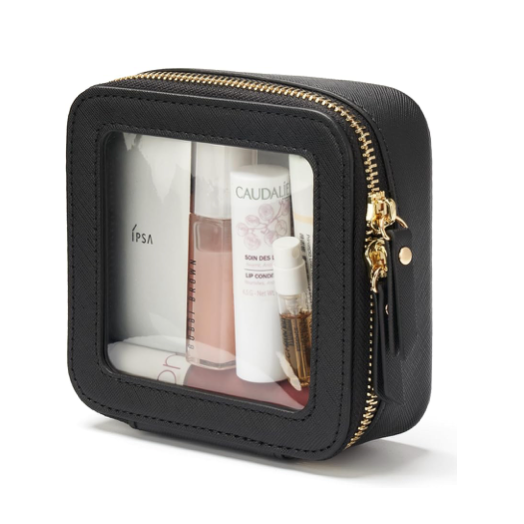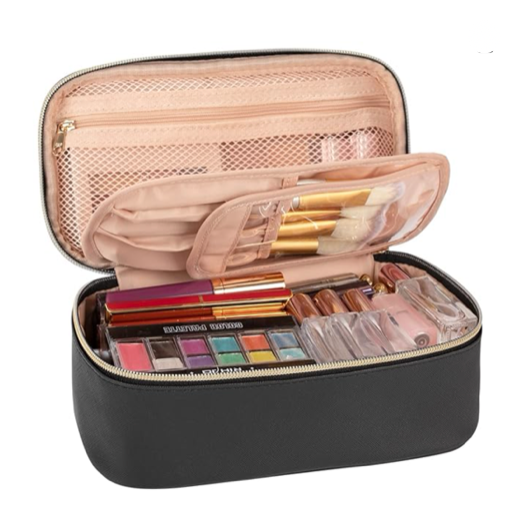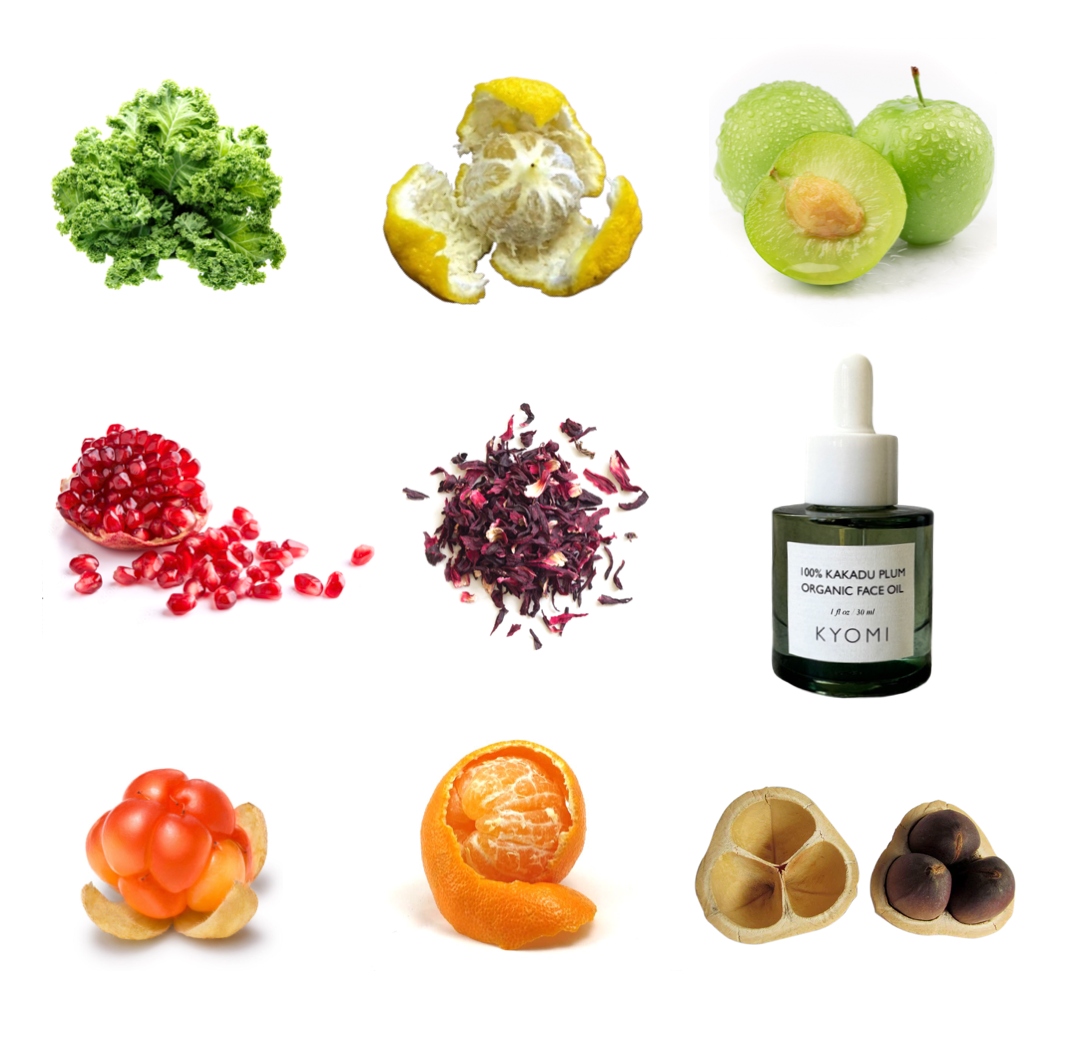This is one of our favorite home remedies. If you've discovered a rough, skin-colored bump on your hand, foot, or another area of your body, you might be dealing with a wart. While many over-the-counter treatments exist, some people prefer natural remedies that are gentle and affordable. One surprising but time-tested method involves something you likely already have in your kitchen: a russet potato. Yes a russet potatoe, it's that simple yet effective.
In this post, you'll learn what a wart is, why it forms, and how to use the potato method effectively. Let’s dive in.
What Is a Wart?
Warts are small, grainy skin growths that often appear on the hands or feet. They are caused by the human papillomavirus (HPV), which enters the skin through tiny cuts or abrasions. Once inside, the virus causes rapid cell growth on the outer layer of skin, creating a raised bump.
There are several types of warts, including:
-
Common warts (typically on fingers or knuckles)
-
Plantar warts (found on the soles of feet)
-
Flat warts (smaller and smoother, often on the face or legs)
-
Filiform warts (thin and threadlike, near the eyes or mouth)
While most warts are harmless and often go away on their own, they can be uncomfortable, unsightly, or spread to others. This is where home remedies come in.
Can You Really Get Rid of a Wart at Home?
Yes, many people successfully remove warts at home using natural remedies. These approaches are appealing because they often use ingredients you already have and avoid harsh chemicals.
One such remedy? A russet potato. It might sound unusual, but using the starch in a potato has long been part of folk medicine for skin concerns — and it just might work.
The Russet Potato Wart Remedy
Our tip: Use a russet potato every morning and night for 3-4 weeks. Here’s how it works:
Why a Potato?
Potatoes contain natural enzymes and starches believed to help dry out and shrink warts over time. Although there is limited scientific research to support this, anecdotal evidence from generations of use gives this method credibility.
How to Use It:
1. Wash and dry the potato.
Use a clean, uncooked russet potato. Avoid peeling it — the skin helps hold it together as you apply it.
2. Cut a small slice.
Use a knife to slice off a small piece, exposing the starchy white interior.
3. Rub the inside of the potato directly onto the wart.
Gently massage the exposed part of the potato into the wart for about 1 minute. Make sure the entire wart is coated with the juice of the potatoe and let dry.
4. Do this twice daily.
Apply in the morning and again at night. Always use a fresh piece of potato each time.
5. Continue for three weeks.
Consistency is key. Most people see a noticeable reduction in size or complete disappearance within 21 days.
6. Optional: Cover with a clean bandage after application to keep the area protected and prevent spreading.
Other Wart Removal Tips for Home Care
While the potato remedy is a gentle and popular method, here are a few additional home remedies people try:
-
Apple cider vinegar: Soak a cotton ball and tape it over the wart overnight.
-
Tea tree oil: Apply one drop daily. It has antiviral and antiseptic properties.
Note: Always consult with a healthcare provider if your wart is painful, bleeding, spreading rapidly, or resistant to treatment.
How Long Does It Take for a Wart to Disappear?
With natural remedies like the potato method, warts may shrink or fall off in 2–4 weeks. Some people see results even faster, especially when the wart is small or recently formed. However, patience and daily application are essential for success.
Final Thoughts
Warts may be stubborn, but you don’t always need to reach for chemical-heavy solutions. If you're looking for a simple, affordable, and natural way to get rid of a wart at home, the humble russet potato might just be the secret.
Used morning and night for three weeks, this old-school remedy harnesses the power of nature’s starch to dry out the wart and restore your skin.
Disclaimer: This post is for informational purposes only and does not constitute medical advice. Always consult your healthcare provider for diagnosis or treatment of any skin condition.












